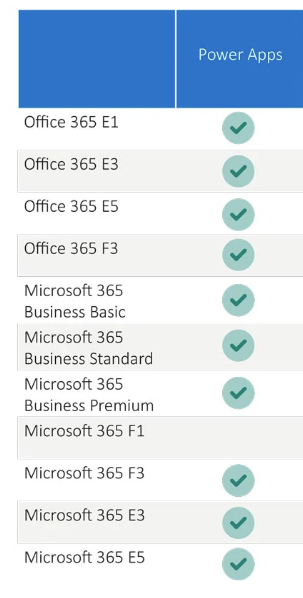We need to talk about... D365 Marketing... Brand Profiles
- Graeme Donnell

- Aug 15, 2022
- 3 min read
Next in my blog series on D365 for Marketing is a new feature added in the latest release wave, titled Brand Profiles.
Essentially Brand Profiles provide users with the ability to create different profiles for the various products, services or areas of the business that are sending out marketing email communications about.
Initial Configuration and Setup
After an update, open your D365 Marketing app and drop into Settings. From here select Feature Switches and scroll to the email editor section. Turn the Brand profiles switch to on.

Once enabled you will see Brand profiles now show up under the Customer engagement section in the Settings area.

When creating a Brand profile the initial information we need to provide is a Name and a Description.

If we then move to the Senders tab users will be able to create all the possible names and email addresses we can send your emails from. It is worthing noting that you still need to have authenticated the domains in order to create send content via this Brand Profile. But once that is completed click the New Sender option in the grid to get started.

Add in the From email, From name and Reply-to email. Indicate if this sender should be used as the Default for this Brand Profile. There is only one Default per Brand profile allowed.
In addition to the basic information there are additional fields to capture social media profile links that can be added.

Using Brand Profiles In Emails
If we now move into the Real Time Marketing app within our D365 Marketing deployment and select a new Marketing Email. There will be a Brand profile drop down option at the top right.

Clicking on this shows all of the profiles in a drop down. After selecting one, the default sender for the profile will be populated and the From email, From name and Reply-to email will all be set. If you have more than one Sender, you can remove the default one and then choose from any others set up.

Now when creating your email, you can use the dynamic values from the Brand profile record to set things like the URL link on any social media profile images you have in the email. This will make sure the url is accurate no matter which brand profile you have selected.

Extending Brand Profiles
Unlike most out of the box features within D365 Marketing, Brand Profiles actually acts as a customisable entity within the solution. This means we can add in new fields if that would meet additional requirements for your organisation. Examples of these fields, could social media platforms not captured out of the box, such as Snapchat or Tik Tok or URLs' for things like company blogs or websites. Below I have added two new fields for an RSS Feed URL and Website URL.

Now when adding an image, I can edit the URL and set it dynamically for one of my new fields on the Brand profile.

Overall Brand profiles are a great new piece of functionality for D365 Marketing users. It adds an additional layer of personalisation to customer journeys and provides an intuitive way of allowing companies with multiple brands or products to retain that branding throughout the production of marketing collateral.
Hope you all enjoyed this post on the Brand Profiles in D365 for Marketing. I will continue this series with some additional content specifically related to D365 Marketing. Take Care, Speak Soon!




Comments